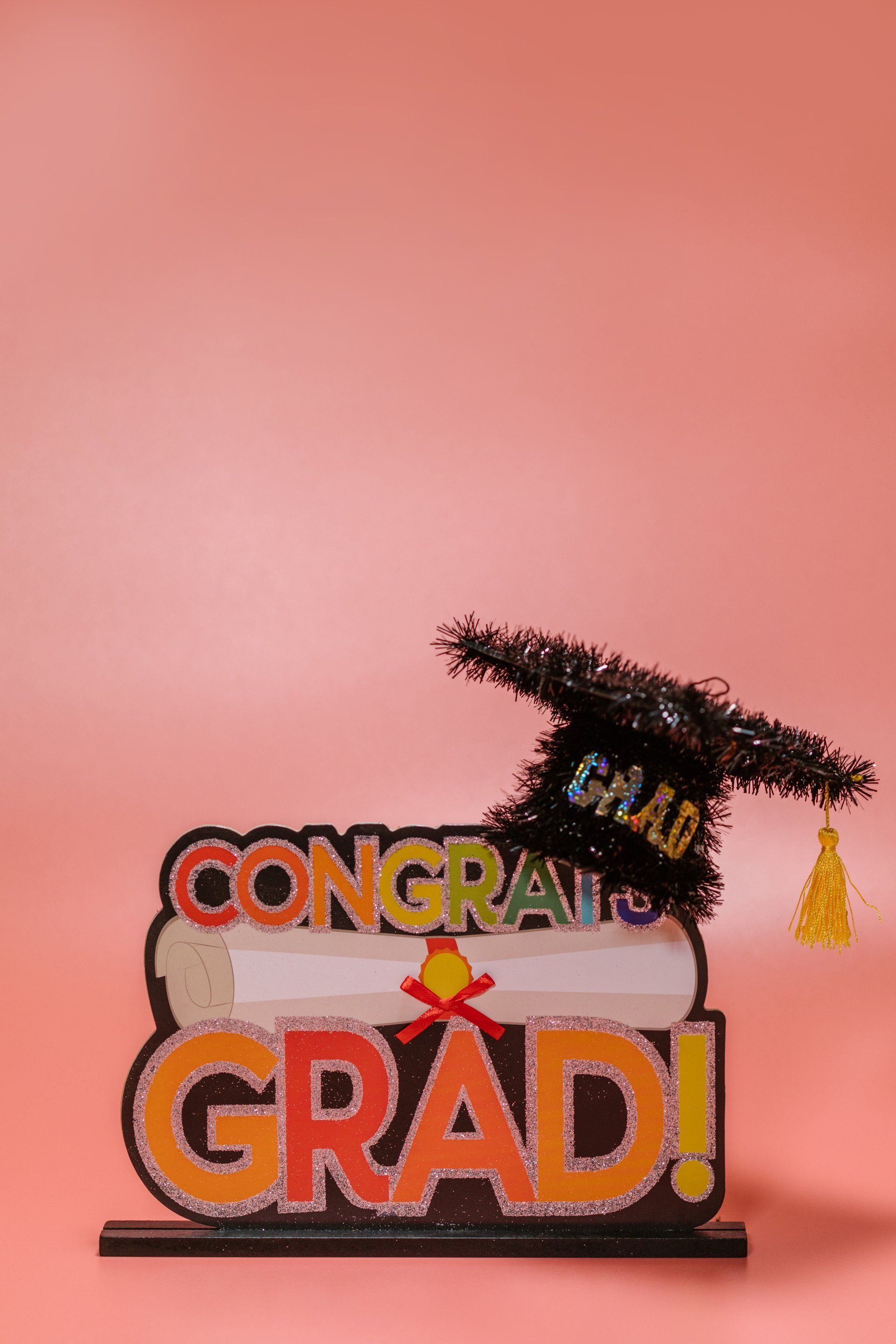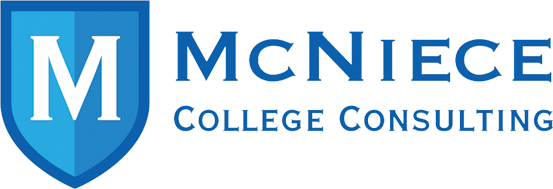A Different Path
In my transition from high school to college, I’ve strayed from the typical path of four years of high school, then immediately entering college. I attended a two-year high school program, then worked and did internships for two years before entering college. Deviating from the usual path has taught me a lot about the importance of standing out and pushing myself out of my comfort zone to achieve big things. I’ve learned that changing plans isn’t something to be afraid of and having mentors to guide you through the transition from high school to college can make a critical difference.
When I first came to Gail for help in applying to colleges, it was after I had been rejected from several of the highest-ranking engineering schools in the country. I had originally thought that these schools were the only schools that could put me on the path to success. I was so dead set on this life plan that I had made for myself in middle school that I treated getting rejected from these schools as a big failure. Ultimately one of the biggest lessons I learned when transitioning from high school to college was that changing plans and goals is completely okay and a lot better than forcing yourself down the wrong path. This experience also taught me that it is okay to ask for help. Getting rejected from those schools showed me that I didn’t have all the tools I needed to navigate the complicated process of applying and getting into colleges. I changed the way I saw the process from thinking I could do it all on my own to realizing that getting help is an investment in my future. Especially with my unique path, it was hard to figure out where I would best fit in so I began the process of finding someone who could help me. Most high school guidance counselors work with so many students on the admissions process in bulk that they are unable to provide help that is uniquely tailored to my needs. I knew that I needed someone who could look at my experiences and needs in detail and steer me in the right direction.
The process of searching for the right schools to apply to can be so overwhelming. With so many statistics to compare, it’s easy to lose track of the most important role of the college experience: providing an environment in which you personally can thrive and prepare for a good career. When I reached out to Gail for help, I told her about my career goals, interests, and passions and she put together a list of schools that would provide a better learning environment for me. She helped me to understand that I didn’t need a pressure cooker top 1% school to achieve the things I wanted to. Before Gail, I hadn’t considered Purdue as a school to apply to before. I didn’t know anything about its engineering programs or its high rankings. I was so focused on the ivy-league level schools of engineering; I hadn’t stopped to consider what public universities could offer. At Purdue, I had research opportunities that likely would have been too competitive at a school like MIT. These research opportunities have informed more of what I’m looking for in a career and have given me important tools and skills that will be very helpful for future employment. Attending a public university like Purdue also gave me the opportunity to stand out and be a top student. While the academics are still very rigorous in Purdue’s engineering program, it’s not a pressure cooker environment and I didn’t feel like I’m competing with my fellow students, but rather collaborating with them. Without proper guidance, I likely never would have considered Purdue or a school like it that fit my needs and goals.
And I continued to learn about the merit of changing my plan when I started at Purdue. My course-load my first year in the engineering program was very heavy in math and physics. While I knew I was still very much interested in STEM, I felt like I was missing opportunities for creativity. Though I was reluctant to change plans and stray from mechanical engineering (the major I had chosen for myself in middle school), I explored more of my school’s engineering offerings and ended up finding a major (Multidisciplinary Engineering) that combined art and engineering through design. Switching to design engineering allowed me to take all of the core curriculum of mechanical engineering and obtain an engineering degree while also taking art and design courses. This change in my path along with the research I had participated in at Purdue helped me realize that product design engineering could be a very promising career for me and would be more fulfilling than mechanical engineering. There are a lot of stigmas around changing plans/majors in college, but I’ve learned that taking a leap of faith and changing plans earlier can often be the most painless way to set yourself up for a happier future.
I’ve learned that standing out is so important when it comes to finding internships and jobs in the future. There are many ways to stand out other than leaving the standard 4-year high school path like I did. Whether applying for a job, internship, scholarship, or leadership opportunity, I’ve learned that it is critical to differentiate yourself from other students at your grade-level. Developing career related skills, participating in internships, starting a club, and specializing in a topic are all ways to stand out from other students your age. When I realized that I was missing designing things in mechanical engineering, I realized that not only did I have an opportunity to do stuff I was more interested in, but I also had an opportunity to specialize. Big companies see hundreds of mechanical engineer applications every year, but by switching to multidisciplinary engineering, I was able to specialize in areas like 3D printing, computer graphics, and bio-inspired design. For highly competitive jobs, being able to demonstrate your specializations makes a huge difference. Each step you take to develop yourself and your skills makes that next big goal or opportunity bigger. Interning at a machining shop and teaching myself how to use Arduino’s gave me some of the skills I needed to eventually intern for NASA.
In fact, when I finished my last round of interviews for my position at NASA, I was told that the portfolio website I had built for myself and my self-taught skills were what put me ahead of other applicants applying for the same position. Often these opportunities can only be attained by pushing yourself out of your comfort zone. When I went to intern at NASA, I moved to Florida by myself at 17. As much as I was nervous to live on my own and change my lifestyle for that job, I knew that the payoff of getting to work with some of the top people in the industry would be well worth it. I’ve learned that becoming someone who stands out in your field or your school is all about balancing risk and reward. I wouldn’t have been able to accomplish everything that I have today without straying from that path and building each opportunity from the last.
I’ve seen that most people who follow an average path tend to have an average outcome. Differentiating from the standard path has shown me the merit of asking for help in the college application process and in general. Most importantly, my journey from high school to college taught me that looking for guidance and changing plans can lead to opportunities you never imagined. By seeking guidance and changing my expectations, I ended up at Purdue University and found the major that was right for me.





